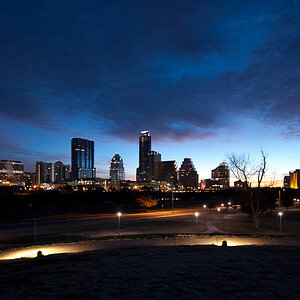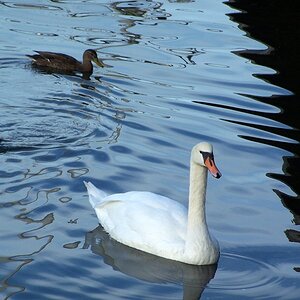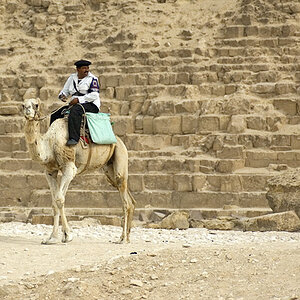jeadows
TPF Noob!
- Joined
- Mar 8, 2018
- Messages
- 7
- Reaction score
- 0
- Can others edit my Photos
- Photos OK to edit
Hi all,
I've been thinking about upgrading my current system sometime over the coming months and I was interested to know if whether any brand does macro better than the other?
I currently use a Nikon D3200 paired with my sigma 105mm macro but I have been thinking for a little while about upgrading a little whether it be the body or the lens. I know I would like a better long lens for wildlife as my 200mm isn't quite doing the job for me and I got some great advice and recommendations which I am taking a look at but my greatest interest is in macro and close up and I'd like some more information about macro and close up.
As macro is my primary interest (though I will be doing other non-macro wildlife photography as well) I was wondering if any brands are significantly better for macro than another or if there's any advantage to using a particular brand for macro over others; whether it's better bodies, lenses or anything else? I know that generally advice is if you have started to invest in a particular brand to stick with that one. I mostly shoot outdoors and more than anything find myself photographing insects and other small animals.
I would just like to take a look at all of the options available to me and thought that IF if was to make a brand switch (I'm not committing to doing it, just gathering arguments and information on both sides before making any sort of a decision) now would be the time to do it if there was enough reason to as I have only a very small amount of equipment instead of further down the time when I've spent a more significant amount of money. My budget will be in and around the £700 mark but there is some flexibility in that.
I've been thinking about upgrading my current system sometime over the coming months and I was interested to know if whether any brand does macro better than the other?
I currently use a Nikon D3200 paired with my sigma 105mm macro but I have been thinking for a little while about upgrading a little whether it be the body or the lens. I know I would like a better long lens for wildlife as my 200mm isn't quite doing the job for me and I got some great advice and recommendations which I am taking a look at but my greatest interest is in macro and close up and I'd like some more information about macro and close up.
As macro is my primary interest (though I will be doing other non-macro wildlife photography as well) I was wondering if any brands are significantly better for macro than another or if there's any advantage to using a particular brand for macro over others; whether it's better bodies, lenses or anything else? I know that generally advice is if you have started to invest in a particular brand to stick with that one. I mostly shoot outdoors and more than anything find myself photographing insects and other small animals.
I would just like to take a look at all of the options available to me and thought that IF if was to make a brand switch (I'm not committing to doing it, just gathering arguments and information on both sides before making any sort of a decision) now would be the time to do it if there was enough reason to as I have only a very small amount of equipment instead of further down the time when I've spent a more significant amount of money. My budget will be in and around the £700 mark but there is some flexibility in that.


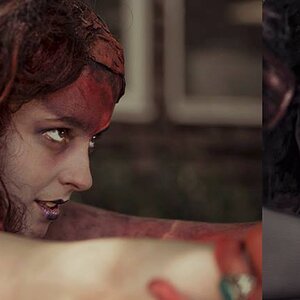
![[No title]](/data/xfmg/thumbnail/35/35956-7047189d31e1c1f6029266079390f54a.jpg?1619737269)
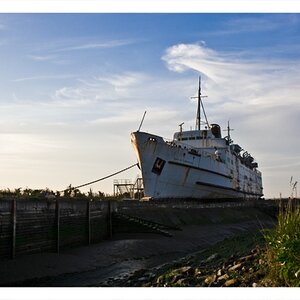
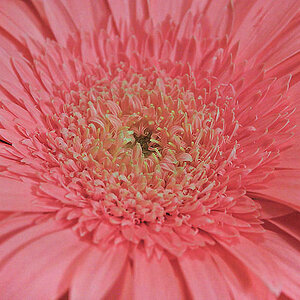

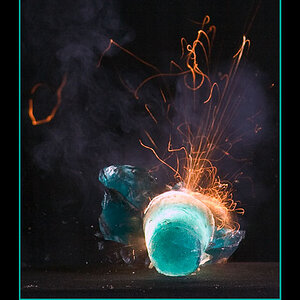

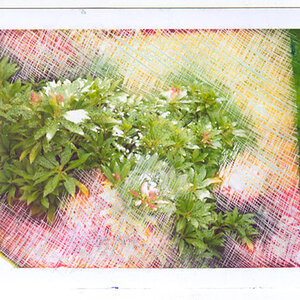
![[No title]](/data/xfmg/thumbnail/37/37099-7f42b61932abea7ffe1be7746e7bd261.jpg?1619737881)
